 |
| February 13, 2020 |
Dear Reader,
During the early days of an outbreak, like the new coronavirus, public health efforts rely on predicting how diseases spread across the globe. Our main story explains how researchers use computer models to calculate the probability of individuals transmitting an illness to others. And as scientists rush to find treatments for new viruses, they sometimes turn to existing drugs that can be repurposed. Read below about human trials of medicines that target HIV, Ebola and malaria being conducted to fight the coronavirus outbreak. In climate news, January 2020 was Earth's warmest January since record keeping began in 1880, according to NOAA. Also, a study published this week suggests that as the world warms a new trend is on the rise—extreme heat during the day followed by extreme heat overnight. Without the relief of a cool evening, the study authors say living things may have less opportunity to recover from the effects of a sweltering day. This poses a potential threat to human health and natural landscapes. |
| | Sunya Bhutta, Senior Editor, Audience Engagement
@sunyaaa | |
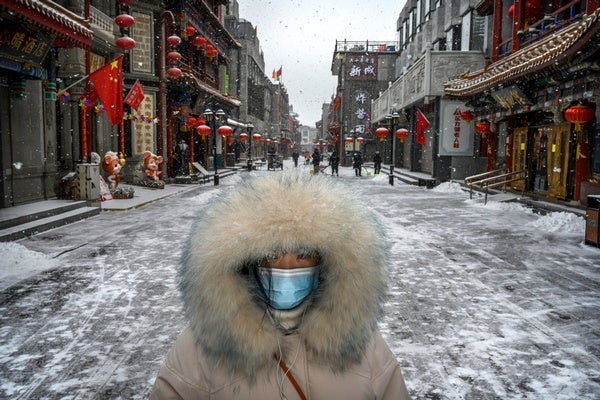 |
| |
| |
| |
| |
| |
| |
FROM THE STORE
 | | Climate Change: Planet Under Pressure From increasingly severe storms to collapsing coral reefs to the displacement of Syrian citizens, in this eBook we examine the effects of Earth's changing climate on weather systems, ecosystems and human habitability and what this means for our future. |  | | |
| |
FROM THE ARCHIVE
 | | | |
| |
LATEST ISSUES
 |
| |
| Questions? Comments?  | |
| Download the Scientific American App |
| |
| |






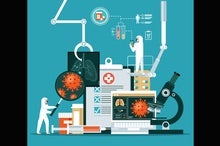
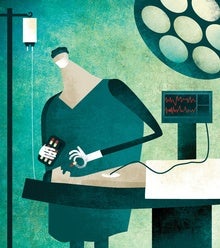
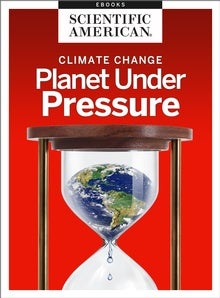


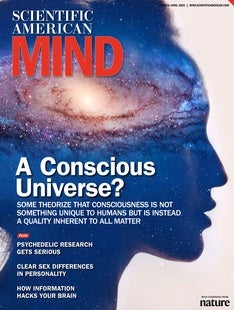

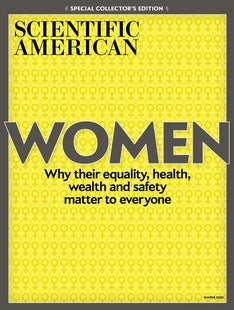
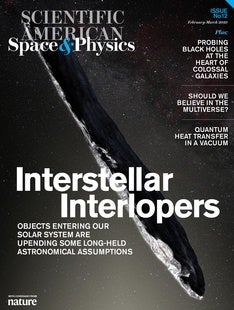
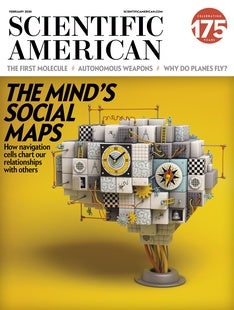



Comments
Post a Comment